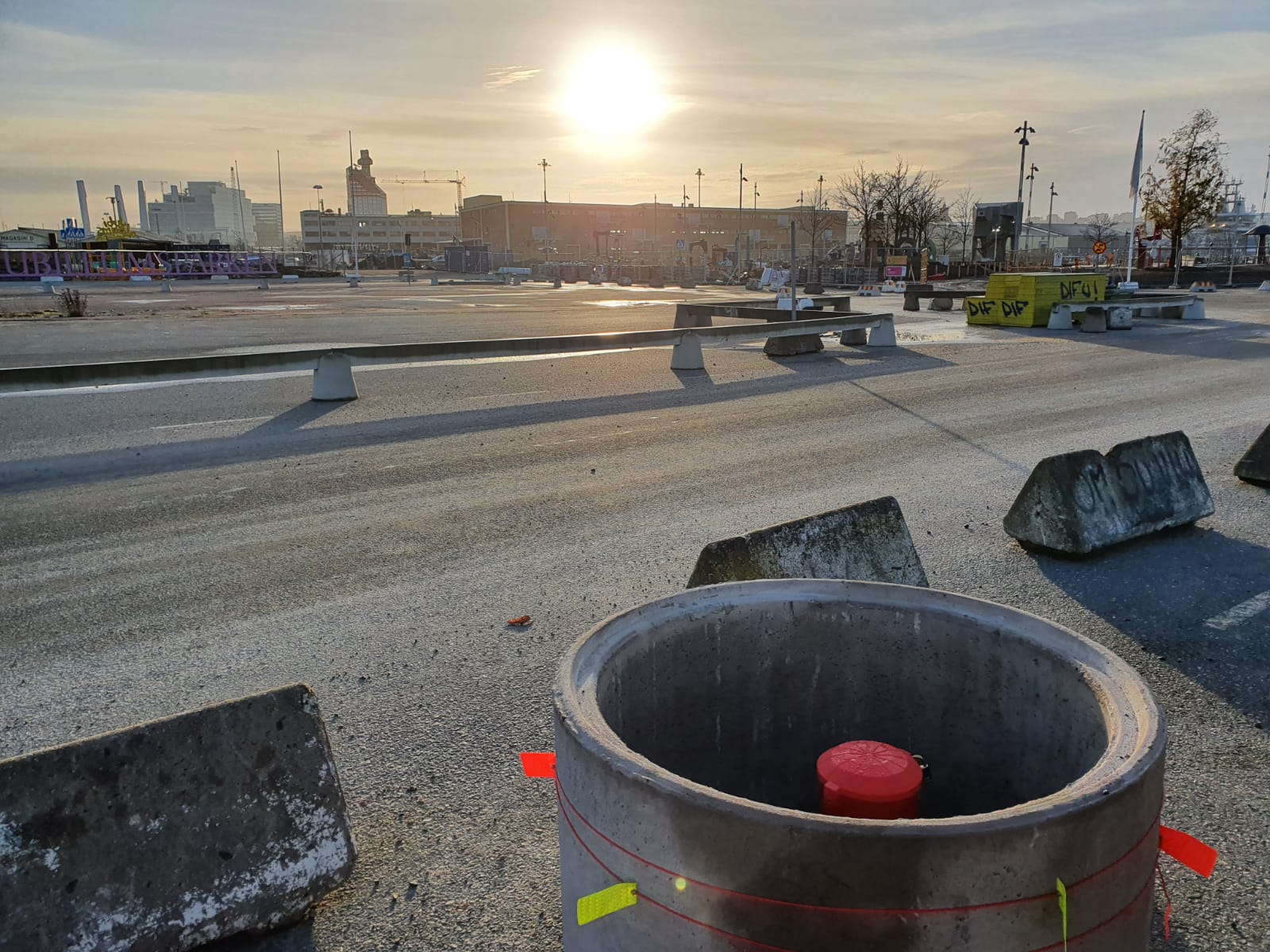If asked whether houses should be built on unsightly industrial sites, or green fields that supply habitat for hundreds of species, what would your answer be? It is presumed that most people would vote with gusto for the former. It’s a seemingly easy choice. So, why do developers not always jump at the chance to acquire brownfield land?
Hesitancy arises over the perceived challenges of building on brownfield, such as making the land fit for human use. In fact, remedial services for brownfield land, such as ground gas monitoring, help add value to the land as well as making it safe for development. Other benefits of choosing pre-developed sites, such as their proximity to urban infrastructure, are also less evident due to the perception that brownfield land leads to expense, complexities, and delay.
Here we look at the benefits of building on brownfield, and how ground gas monitoring adds value.
A brownfield site is defined as previously developed land, which includes a permanent structure. Examples include former factories, landfills, and petrol stations.
An analysis of 344 brownfield registers in early 2023 show available brownfield land covering 27,342ha (67,563 acres) with the capacity to provide 1.2 million homes. Planning permission has only been granted for 45% of the land, while 550,000 homes with planning permission are awaiting development.
The presumption that the remediation of brownfield sites is costly and complicated is just that. In fact, choosing previously developed land can be a sound investment, both financially and reputationally. Once remedial measures have been implemented to make the site safe, developers have the twin opportunity of developing a valuable asset while investing in a community through the provision of houses or infrastructure.


Ground gas is one of the most common issues on brownfield land, but with the right expert team, the presence of ground gas can be quickly identified and any threats to future users rectified using innovative technology and professional skill.
Whether developing land for residential, commercial, or infrastructural use, ground gas monitoring can help by reducing uncertainties. Through a robust ground gas risk assessment, any abnormalities can be identified and mitigated, leaving land viable and valuable for future use. Successful project delivery is accelerated through best practice techniques such as continuous ground gas monitoring, with the focus of traversing the planning permission system with ease and maximising land value.


Our services include:
We can help land developers:
The following pages include news articles, videos, guidance notes and white papers on a range of ground gas related topics which we hope you will find of interest. Please browse through but if you can’t find something on your particular issue of interest, we’d be very pleased to hear from you so we can put that right.


This webinar will highlight when and where telemetry is a valuable addition to the monitoring scope, including case studies.